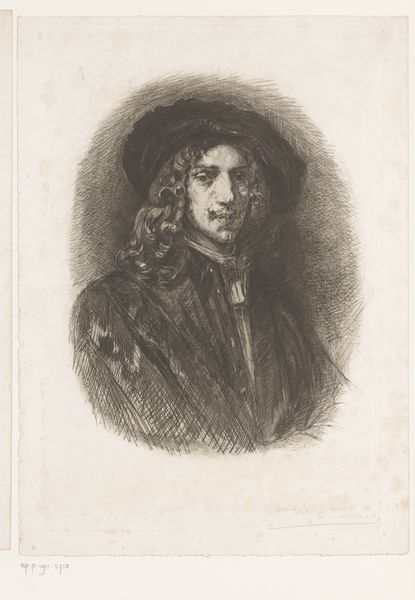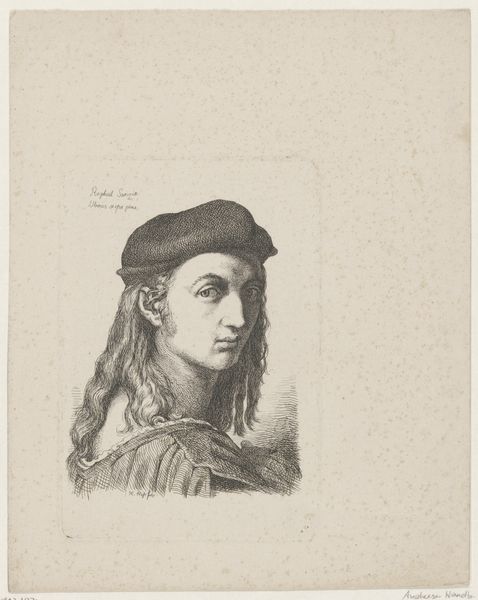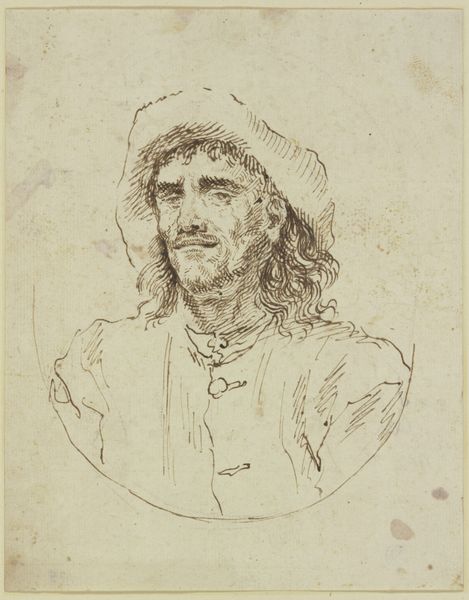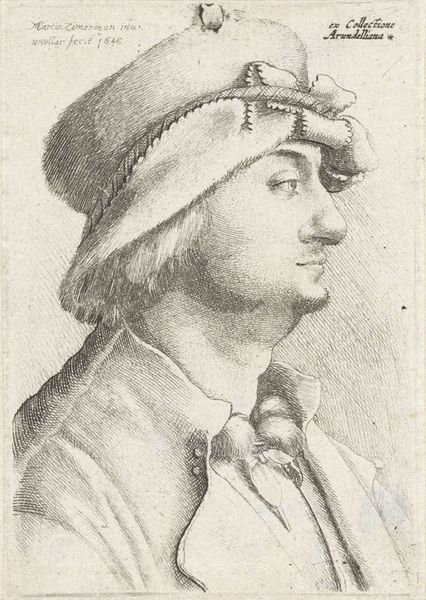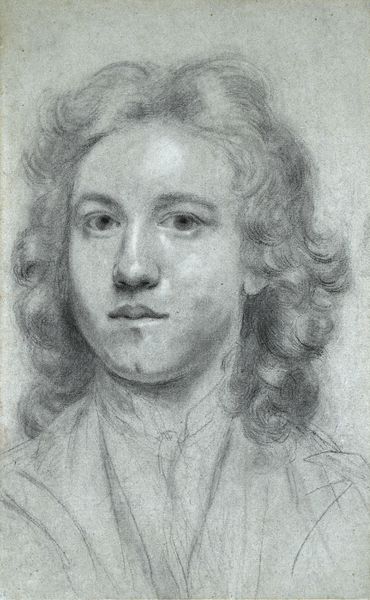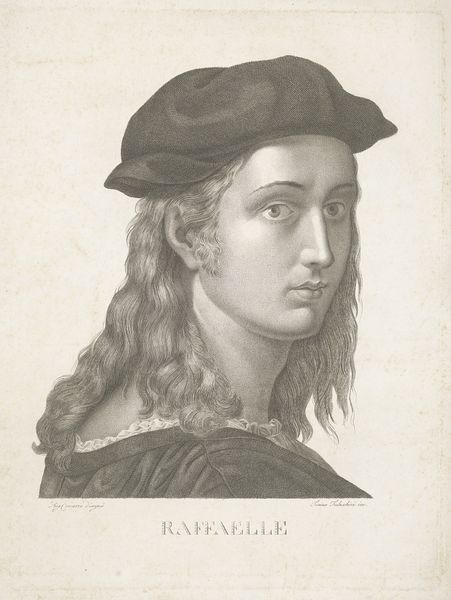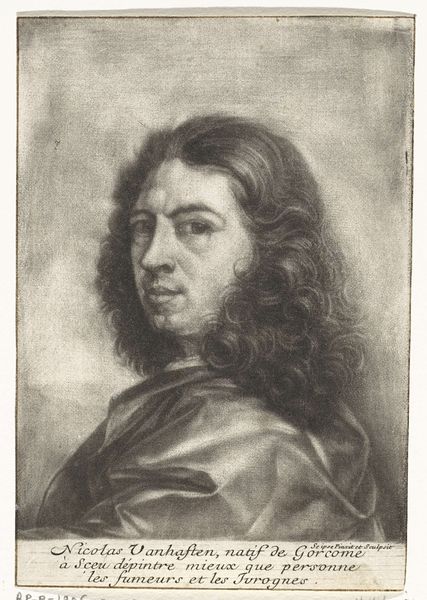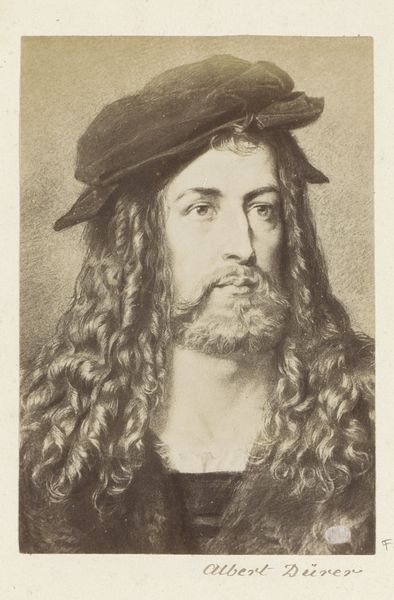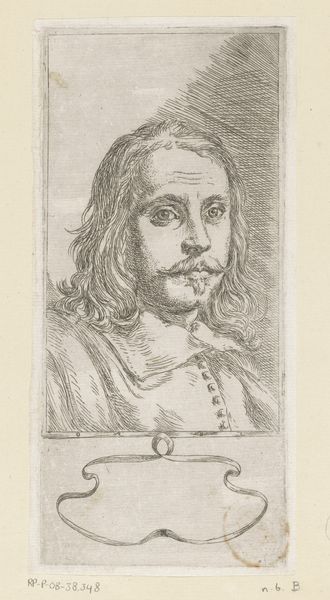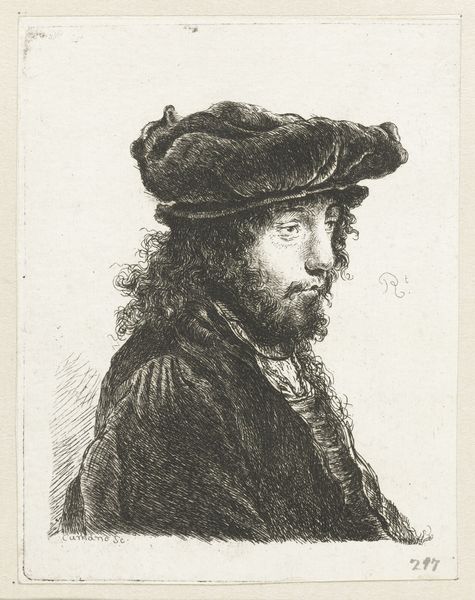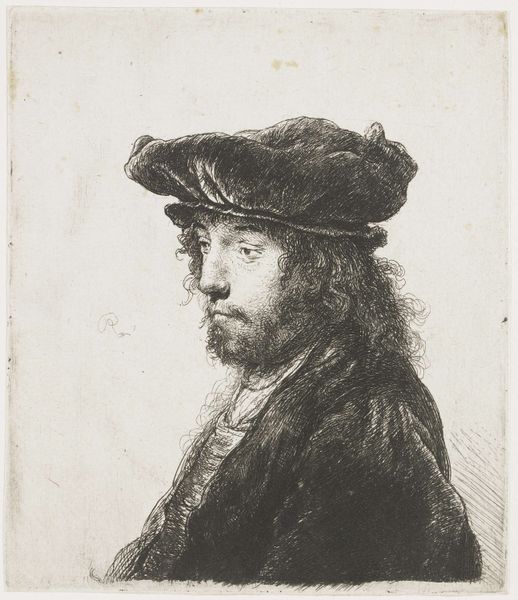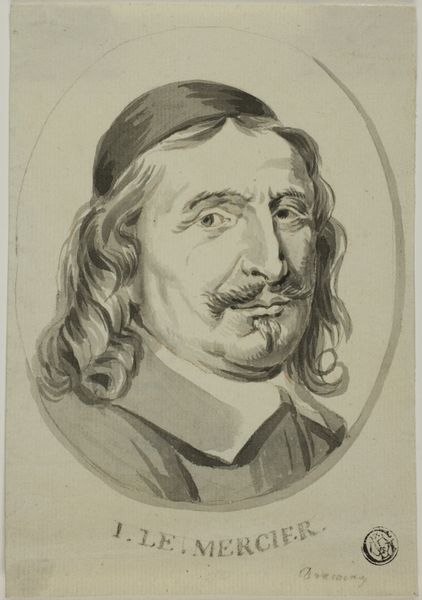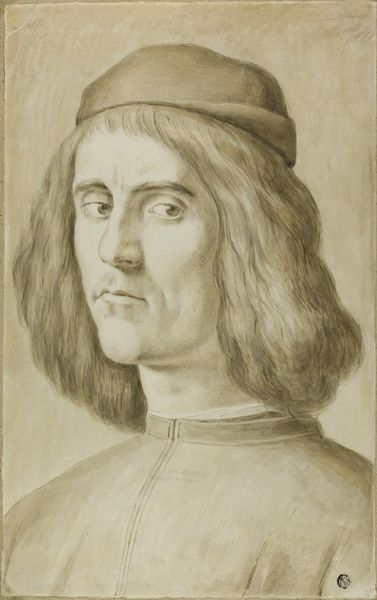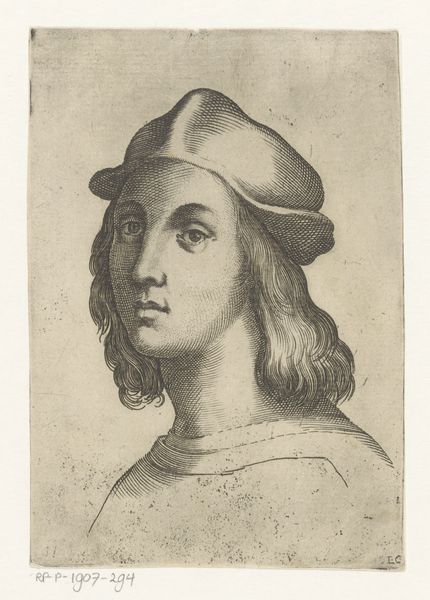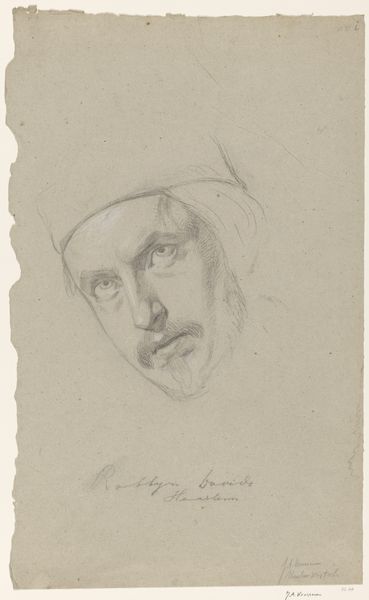
drawing, print, paper, pencil, engraving
#
portrait
#
drawing
# print
#
paper
#
pencil drawing
#
romanticism
#
pencil
#
line
#
history-painting
#
engraving
#
realism
Dimensions: 149 × 114 mm
Copyright: Public Domain
Editor: This is Samuel Amsler’s 1818 engraving, "Portrait of Carl Philipp Fohr," currently housed at The Art Institute of Chicago. It's quite striking how detailed it is, almost photographic despite being lines etched onto paper. What do you see in this piece from a historical perspective? Curator: Looking at Amsler’s portrait, I see a reflection of the shifting status of the artist in the Romantic era. Notice the inscription “Pictor Heidelberg”. Why is it important to explicitly state his profession and place of work? Editor: Perhaps it was a way to emphasize Fohr’s identity as a painter, tying him to a specific artistic tradition. Curator: Precisely. Think about the rise of art academies and the increasing professionalization of art. This portrait can be viewed as asserting Fohr’s membership within that emerging institutional structure and solidifying art as a respected vocation. How might social changes have affected portraiture at this time? Editor: Maybe as art became more accessible, portraits served not only as status symbols but also as ways to connect with artistic and intellectual figures. It democratized a kind of fame. Curator: Good point. Engravings like these made art and artists accessible to a broader public, contributing to the Romantic cult of the artistic genius. Consider the role of museums and galleries in shaping this image. Editor: That makes me rethink my initial impression. I was so focused on the individual likeness, I didn’t consider the social forces at play in its creation and reception. Curator: Indeed. Analyzing art involves looking beyond the image itself to understand its historical context. Amsler’s work captures an artist on the cusp of a new kind of cultural visibility.
Comments
No comments
Be the first to comment and join the conversation on the ultimate creative platform.
